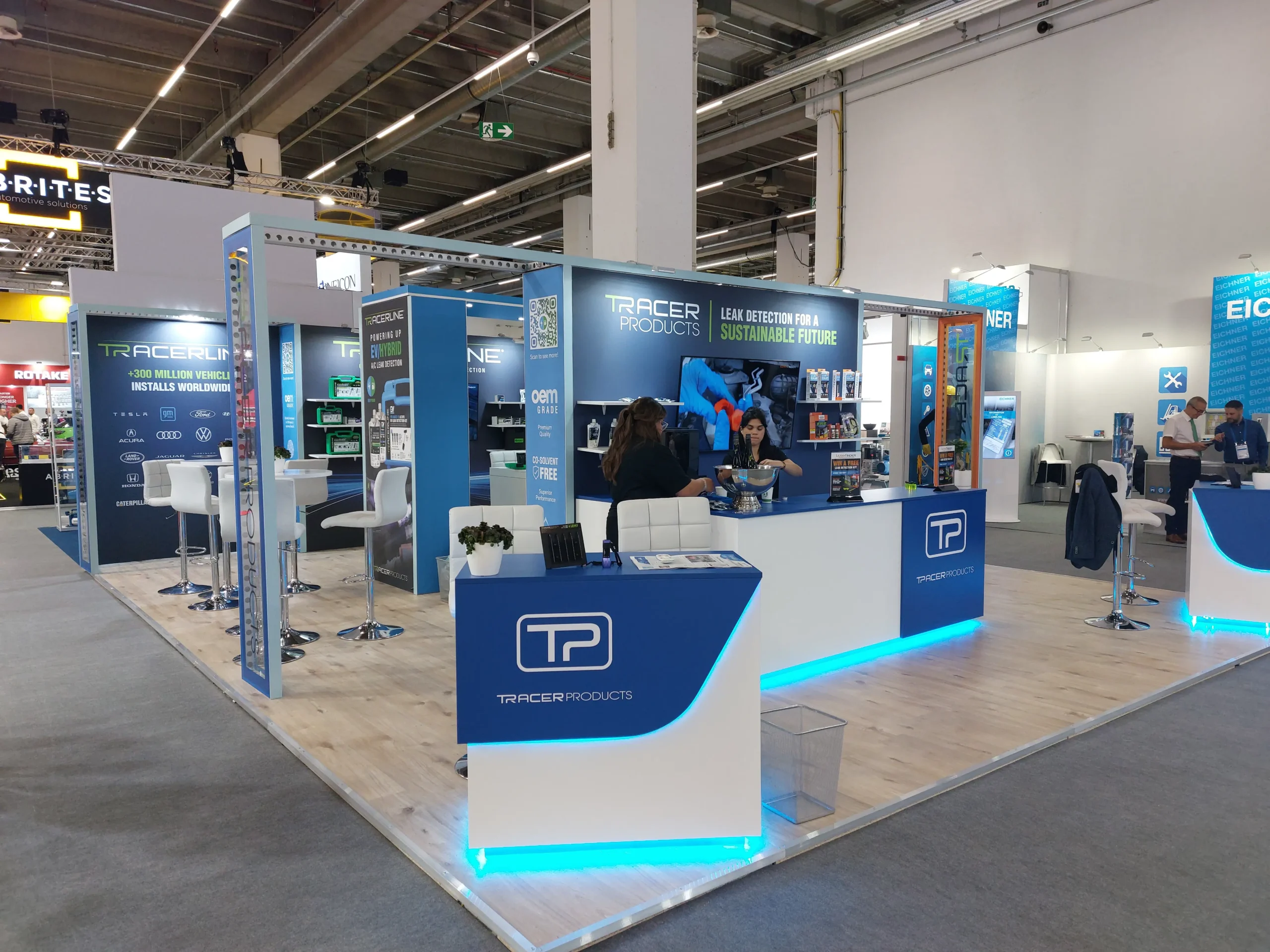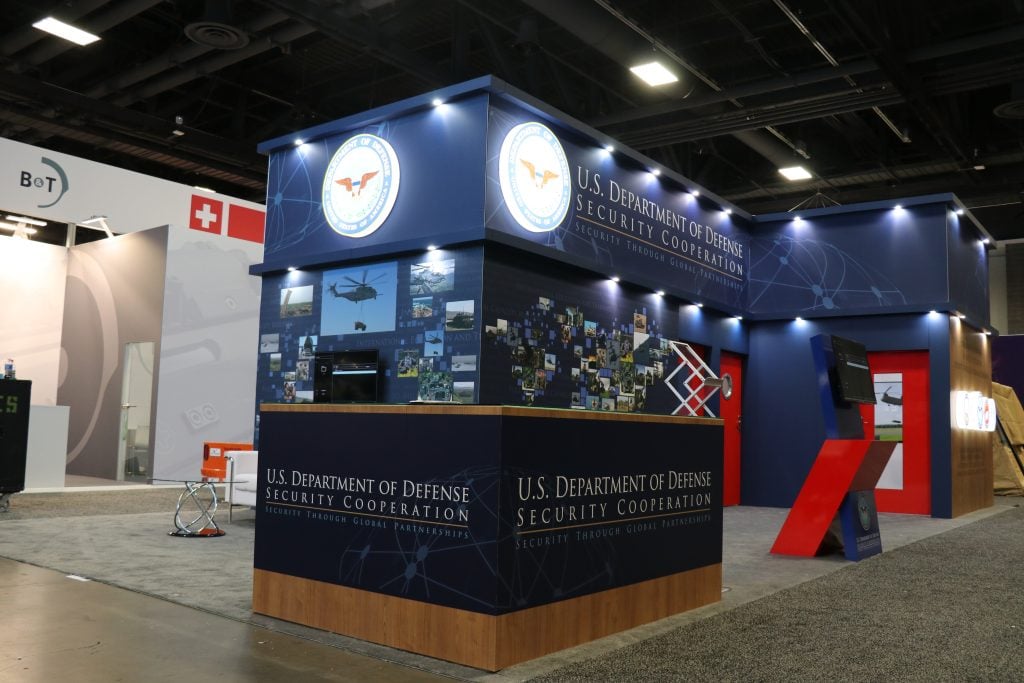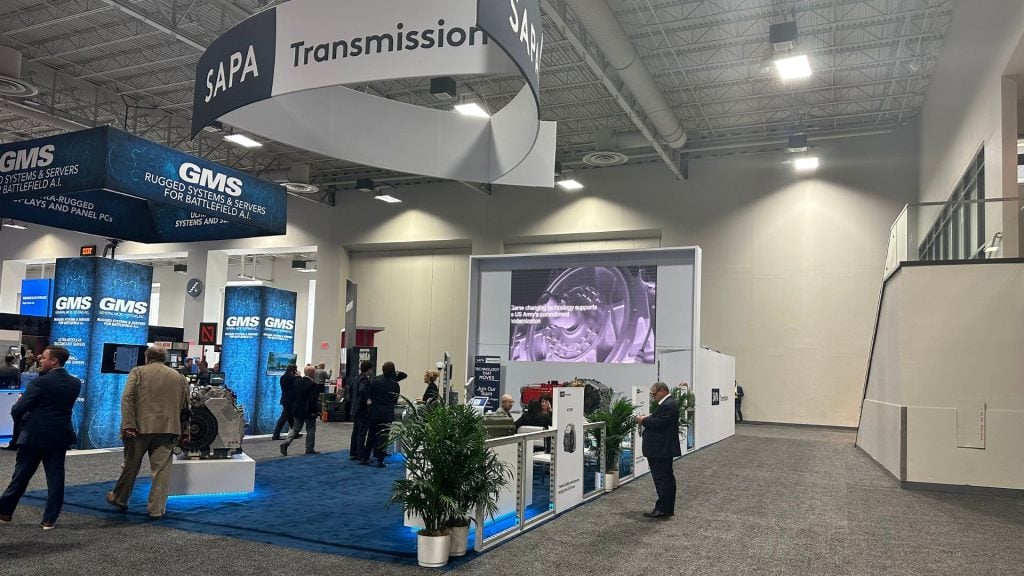
Introduction
As we navigate an era of heightened environmental awareness, the call for sustainability is resonating louder than ever in the world of exhibition design. Trade shows and exhibitions, often perceived as wasteful endeavors, are now embracing eco-friendly practices that not only reduce their environmental impact but also resonate with an increasingly eco-conscious audience. Let’s explore the latest trends in sustainable exhibition design that are transforming the industry.
1. The Rise of Eco-Conscious Materials
One of the most significant trends in sustainable exhibition design is the shift towards eco-friendly materials. Exhibitors are increasingly opting for materials that are renewable, recyclable, or biodegradable.
A. Sustainable Booth Construction
Traditional booth construction often involves materials that contribute to landfill waste. Today, exhibitors are prioritizing sustainable options such as:
- Reclaimed Wood: Using reclaimed wood not only adds character to exhibits but also reduces the demand for new timber, thus conserving forests.
- Recyclable Plastics: Many designers are now utilizing plastics that can be recycled after the event, minimizing environmental impact.
- Natural Fabrics: Exhibitors are turning to organic cotton, linen, and other natural fabrics for signage and banners, reducing reliance on synthetic materials.
B. Modular and Reusable Designs
The move towards modular booth designs is another crucial trend. These designs can be easily reconfigured for different events, reducing the need for new materials for each trade show.
- Flexibility: Modular designs allow exhibitors to adapt their booths for various events while maintaining brand consistency.
- Cost-Effective: By reusing elements of their booth, companies can save on costs associated with frequent new builds.
2. Energy Efficiency: Powering Down for the Planet
Energy consumption at trade shows is a significant concern, and many exhibitors are taking proactive steps to reduce their energy footprint.
A. LED Lighting Solutions
Lighting can make or break an exhibit, and today’s exhibitors are increasingly turning to energy-efficient LED lighting. Benefits include:
- Lower Energy Use: LED lights consume significantly less energy than traditional bulbs, reducing overall energy costs.
- Longevity: LEDs have a longer lifespan, meaning fewer replacements and less waste over time.
B. Smart Energy Management
Innovative technologies are emerging that allow exhibitors to manage their energy usage more effectively.
- Energy Monitors: These devices can track energy consumption in real-time, enabling exhibitors to make adjustments during the event.
- Solar Power Options: Some exhibitors are even incorporating solar panels into their designs to power their booths sustainably.
3. Engaging Attendees through Sustainable Practices
Exhibitors are not only focusing on sustainable design but are also engaging attendees in eco-friendly practices during the event.
A. Interactive Education
Exhibits that educate visitors on sustainability can leave a lasting impression. Strategies include:
- Workshops: Hosting workshops on eco-friendly practices can engage attendees and position your brand as a thought leader in sustainability.
- Sustainability Quizzes: Interactive quizzes that educate attendees on sustainable practices can be both fun and informative.
B. Eco-Friendly Giveaways
While branded swag is a staple at trade shows, exhibitors are now opting for eco-friendly giveaways that align with their sustainable message.
- Reusable Products: Items such as stainless steel straws, bamboo utensils, or seed paper not only promote your brand but also encourage sustainable habits.
- Digital Alternatives: Reducing physical giveaways in favor of digital options (like e-gift cards) minimizes waste and offers a modern touch.
4. Measuring the Impact of Sustainability
As the focus on sustainability grows, exhibitors need to measure the impact of their eco-friendly practices. Here are a few ways to assess effectiveness:
A. Carbon Footprint Analysis
Understanding the carbon footprint of your exhibition can provide valuable insights into its environmental impact. Tools and calculators are available to help exhibitors measure emissions related to travel, energy use, and materials.
B. Attendee Feedback
Gathering feedback from attendees regarding your sustainable initiatives can guide future efforts. Consider incorporating surveys to assess how your eco-friendly practices resonated with visitors.
5. Future Trends: Beyond Green
As the conversation around sustainability continues to evolve, so too will the practices surrounding exhibition design.
A. Biophilic Design
Integrating nature into exhibit design is becoming increasingly popular. Elements such as living walls, natural light, and plant displays can create a calming atmosphere while reinforcing a commitment to sustainability.
B. Advanced Recycling Solutions
Future exhibitions may see the implementation of advanced recycling systems that allow for on-site recycling of materials, further minimizing waste.
Conclusion: Embracing a Greener Future
Sustainable innovation is not just a trend; it’s a necessity in today’s exhibition landscape. As eco-consciousness grows, exhibitors who embrace sustainable practices will not only reduce their environmental impact but also connect more deeply with their audiences. By integrating eco-friendly materials, energy-efficient solutions, and engaging practices, brands can craft memorable experiences that resonate with attendees while contributing to a healthier planet.


 Global
Global Europe
Europe

